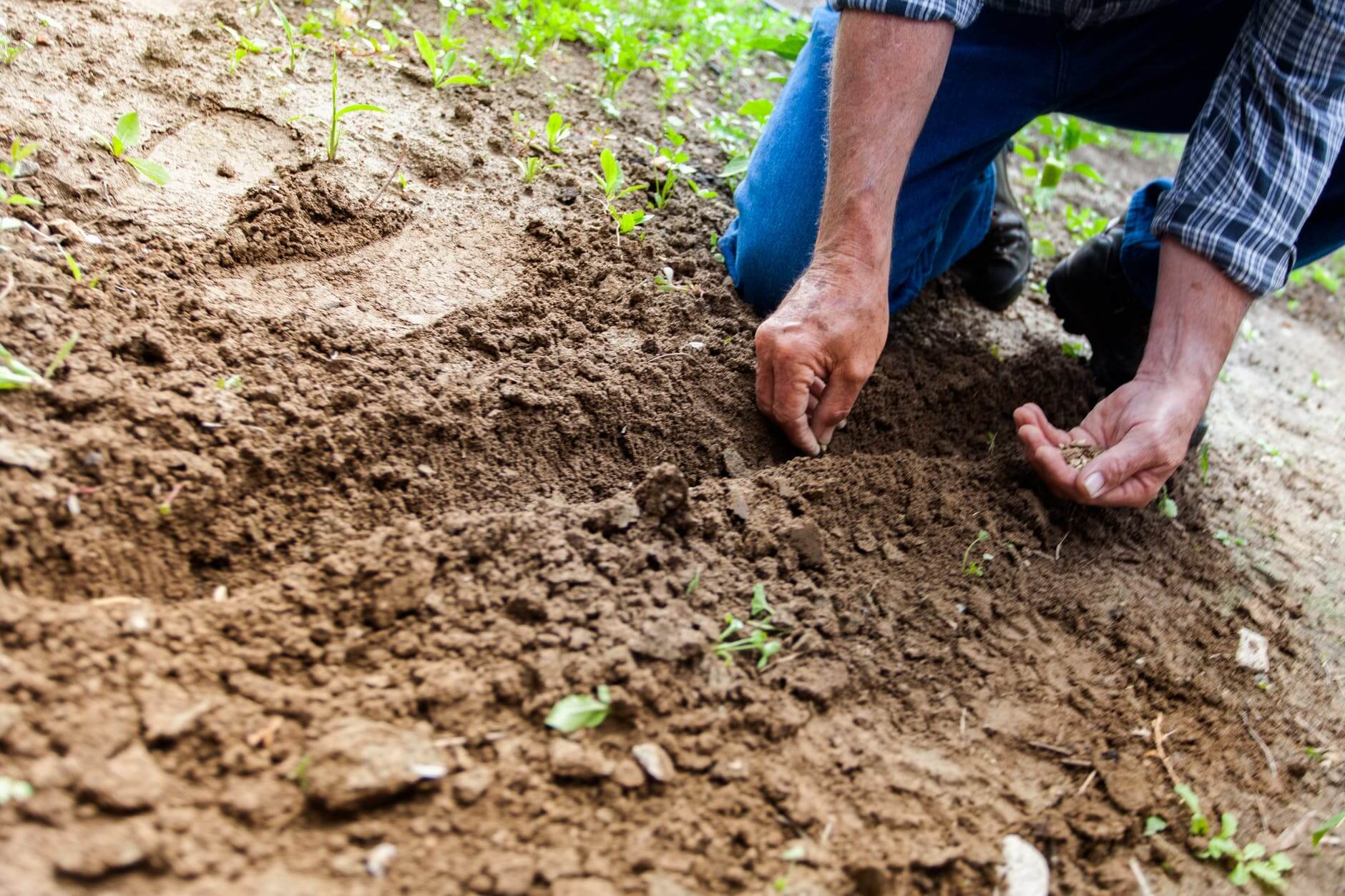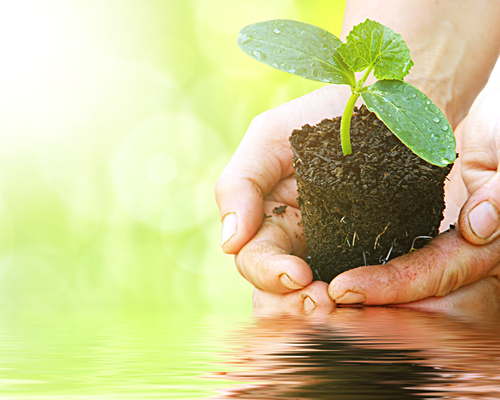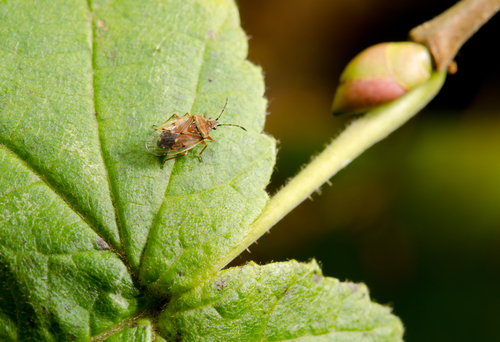
Continuing with the Earth Day "month" theme, I wanted to write a little about organic gardening. Since we all do not have aeroponic or hydroponic tower gardens in our homes (though i believe we should. . . Please visit: http://truthnhealth.com/2014/02/the-tower-garden-by-juice-plus/), most of us are able to grow something in and around our homes place of residence.
The more I learn about how our food sources are being genetically altered and compromised, the better "grow it yourself" foods sound. The common phrase of "farm to table" does not resonate the same as from your own garden to your own table. Home growers know exactly what is used to grow their food source (if the seed is unaltered) and has total control of what foods (NOT chemicals) go into their bodies and the bodies of their loved ones. It is the time of "take control" and feel good about the whole process and agricultural green thumb journey along the way, especially if you are new to gardening.
There are so many ways to begin gardening. Some experienced gardeners say a person needs only a 10 X 10 planter box.
Just take it step by step and at your own pace. Even if it is just herbs you are growing on your windowsill... That is a great step to owning and taking control of better health and loving the Earth.
Decide what you would like to grow. How much space can you devote to the project? How much time are you willing to spend? What is your budget?
Most vegetables need at least 6-8 hours of direct sun. If they do not get enough light, they probably will not yield as much and they are able to and be more susceptible to attack from insects or diseases.
As with any kind of garden, success usually starts with the soil. Most vegetables do best in moist, well-drained soil that's rich in organic matter (such as compost or peat moss). (For better organic soil quality, think toward adding worms to your composting bin and soil. Click here for more information: http://truthnhealth.com/2014/04/composting-benefits-how-tos-and-worm-bins/). Add in empty egg shells. This is a great and organic way to keep the soil filled with nutrients.
Choosing the right plants can be fun, and it should be. Make sure that when purchasing your seeds, you are aiming for organic. look for plants raised without chemical fertilizers and pesticides. Organic and seasonal is best. A great place to look is at your local farmers' market, which may also have native plants and varieties well suited to your area. Do a little further research and look at what produce is seasonal at the time of your gardening.
There is a reason why farmers rise so early in the morning. That is because watering in the middle of the day draws more heat to plants and soil and will encourage drying out faster. Try setting sprinklers to early morning or make a habit to hydrate your garden before the sun comes out at its strongest, and when other elements (winds) are not a possible consideration. Also, aim to water the base and roots of the plants, not the flowers, fruits or greenery, which can be damaged easily.
Want to get a little exercise when gardening? It's not considered one of the best "around the home fitness activities" for nothing. Pulling and tending to weeds by hand allows you to get grounded, intimate with your plants and also allows you to get fresh air. Applying wood chips and mulch may allow you to reduce weed re-growth. If it is pollen and hay fever season, wear a facial mask or wash out the insides of your nose. This will reduce the amount of allergenic pollen.
Make sure your plants are getting lots of sunlight, organic and natural nutrients and moisture. Remember that a diverse garden helps prevent pests. This is why mono-culture farming done by conventional farming is so dangerous and unnatural. Planting only one crop limits the amount of biodiversity in a garden and doesn't allow nature to fend for themselves. For example, planting onions next to strawberries prevents bugs from eating the strawberries, because the onions act as a natural defense against bugs and insects. The Daily Green says that, "Organic weapons include Bacillus thuringiensis, which is a naturally occurring bacteria that disrupts the digestion of caterpillars and other leaf-eaters. You can also use horticultural oils, insecticidal soaps and garlic and/or hot pepper sprays." Protect your vegetable and fruit garden from larger animals (crows, rabbits, squirrels, birds) with little statues of owls and other predator animals.
During peak harvest season (depending on the season), checking into the garden daily is best, for your garden will speak to you when it is ready. Practice picking and harvesting a little from every other leafy green plant, instead of every single plant and stagger the days when you do this. Also, experts suggest to use those fancy sharp garden sheers to cleanly cut produce instead of tearing off or ripping with your hands (which could cause more damage to plant tissue).
This will ensure that you will remember exactly what you planted. You can do this by installing plant labels near each plant, or by making a map of the garden to keep for future reference. This will help remind you where plants should be emerging in the spring, as well as which cultivars you planted.
Tomatoes
Pea shoots
Beetroot
Lettuce
Mint
Courgettes
Dwarf French Beans
Onions
Strawberries
Dwarf French Beans
Trowel (small hand held shovel)
Hand-weeding tool (a mini-hoe like tool)
Hoe
Pruners (small, yet strong scissors)
Fork
Spade (shovel looking with flat front)
Direct sowing:
Planting seeds right in garden beds, rather than in pots first.
Less than three hours of direct sunlight each day. Few food crops or flowers grow well in full shade.
Six or more hours of direct sunlight each day. Most vegetables need full sun during their peak growing season.
A plant that survives (sometimes just its roots) and regrows season after season without replanting.
The soil's alkalinity or acidity is a critical measurement of its hospitability to plants. Most vegetables grow best in slightly acidic (pH 6.5 to 7.0) soil.
When temperatures get too warm for lettuce and other greens, they grow a flower stalk and produce seeds. Their leaves then turn bitter and tough. Which means it’s time for the next crop.
A decomposed mix of yard waste, kitchen scraps, animal manure, and other ingredients. Known to organic gardeners as "black gold" because it nourishes plants, conditions soil, suppresses plant diseases, and manages moisture.
Removing faded and spent flowers to concentrate the plant's nutrients, water, and energy on producing new growth.
Sources: RogersGarden.com, BHG.com, organicgardening.com, naturalsociety.com, goodhousekeeping.com, thedailygreen.com
